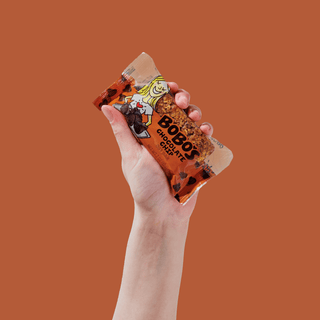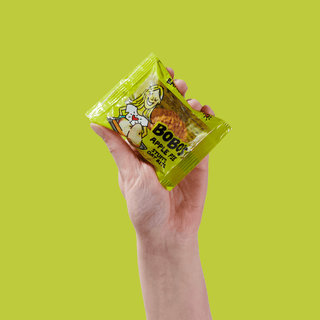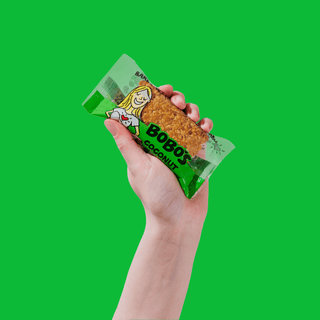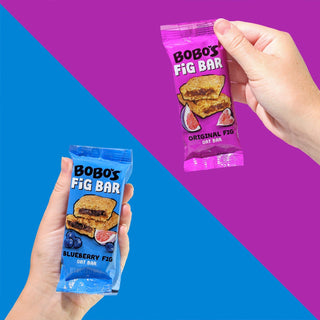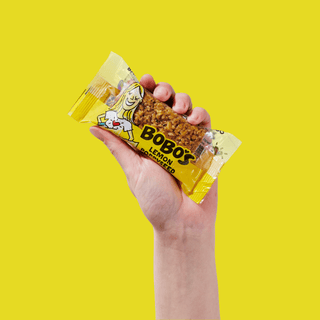Eating enough protein is so important for maintaining energy in the day, building and repairing muscles, and boosting satiety, so you feel fuller longer. Yet, while most protein is often associated with animal foods, like chicken, beef and fish, there are tons of options for plant-based diet protein to choose from—all of which are high in grams per serving and offer great benefits beyond just protein alone.
And lots of people are shifting to eating more plant-based, as excess animal protein can raise risk of heart disease and other illnesses, and it’s more sustainable for the environment (and cheaper!) to eat more beans, nuts, legumes, seeds, and produce for plant protein in the diet instead.
Here’s why you might want to look into going plant-based and cutting out animal protein, as well as the best plant-based protein picks to choose from for healthy, balanced meals.
What is Plant-Based Protein?
Plant-based protein includes non-animal sources that are high in protein per serving to fill you up and benefit your body and muscles. The best plant-based protein sources to pile on your plate include animal alternatives, like tofu, tempeh and seitan, beans and legumes, nuts and seeds, and higher protein veggies like leafy greens and cruciferous veggies (broccoli and Brussels sprouts for example!).
How Much Plant-Based Protein Do You Need?
As for how much protein you need each day, it depends on your weight, activity level and age. Yet, you can say that the Recommended Dietary Allowance (RDA) for protein is 0.8 grams of protein per kilogram of body weight. To calculate your daily protein intake, you would multiply your weight in pounds by 0.36, or plug it into this online protein calculator.
Yet, since you should also consider activity level, you may want to discuss the right amount with your physician or a dietitian as well. You will need more protein if you are more athletic, and you will also need more protein as you age, since you must strengthen muscles and build bone density. And you’ll want more protein after working out too in order to speed muscle recovery and keep them safe and lean.
The best way to enjoy plant-based protein foods is by spacing them out throughout the day rather than eating a huge serving of protein at once. So, you might have 15-20 grams of protein post-workout for a snack, for example, rather than a whopping 42 grams—the body can only absorb 25-35 grams at once anyways. You can aim for around this number per meal, as well.
By spreading them out, you can keep energy levels high and you can keep munchies at bay, since you’re able to increase satiety all day long and avoid cravings. Plus, it keeps your metabolism going so you can burn more calories too.
What Are the Benefits of Plant-Based Protein?
There are so many benefits of plant-based protein, beyond just providing solid protein to fuel your body, providing energy and strengthening and repairing muscles. Most nuts and seeds have healthy fats and fiber to work in tandem with protein to fill you up. And these sources are lean protein, so rather than fatty beef, eggs or pork, for example, these are lean sources of protein to benefit the body without raising risk of heart disease or increasing cholesterol.
Plus, plant-based protein like beans and legumes, as well as whole grains (think quinoa and amaranth), nuts and seeds, and veggies, are all more affordable and easy to use for meal prep all week long. You can make high protein plant-based meals that can be used multiple times as leftovers, which makes breakfast, lunch and dinner for the family a breeze.
You get more bang for your buck, as well as nutritional bang too. They all have other vitamins and minerals to better your health, and that fiber to further fill you up and keep your digestion in check. (Animal protein doesn’t have fiber!)
How Can You Get Plant-Based Protein?
Here are a few plant-based protein sources to include in your diet:
- Beans and chickpeas
- Lentils and legumes
- Nutritional yeast
- Hemp, chia and flax seed
- Spirulina
- Whole grains like quinoa, amarnth or buckwheat
- Fresh fruit and veggies
- Leafy greens and cruciferous veggies
- Avocado
- Nuts, nut butter and other seeds
- Edamame, tofu, tempeh or seitan
- Soy milk
- Sprouted grains and oats


